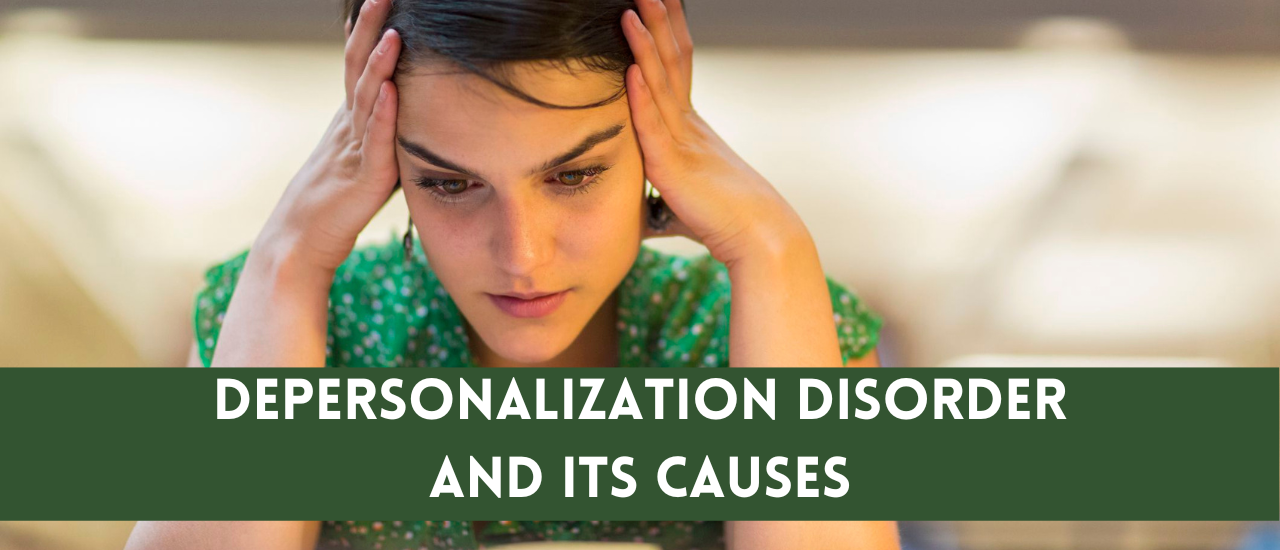


An altered sense of self and identity that causes a sense of separation from oneself, one’s environment is known as depersonalization/derealization disorder in this we discuss symptoms of depersonalization and its treatments. It frequently manifests as a feeling of separation or unreality from one’s body. Dissociative feelings can be brought on by stressful situations or by seeing or watching upsetting things, and in these situations, they might be normal, especially if they are fleeting. Most people have gone through at least one of these episodes, which are regarded as a typical reaction to extreme threat. Depersonalization/Derealization episodes (DP/DR) can sometimes happen as a side effect of recreational drugs like cannabis. They can also happen in many mental illnesses, particularly panic disorder and social anxiety disorder.
Many people at some point have a brief experience of depersonalization or derealization. Depersonalization-derealization disorder, however, is what happens when these symptoms persist or never go away fully and interfere with your capacity to work. People with traumatic experiences are more likely to suffer from this illness.

It is difficult to understand DP/DR. Depersonalization/derealization, like other dissociative disorders, is characterized by a breakdown in the integration of consciousness, memory, identity, perception, motor control, and behavior. And like them, it frequently happens after intense stress or trauma. What triggers these illnesses is unknown to researchers. Health care professionals are unable to pinpoint the disorder’s trigger in up to 50% of instances. Environmental and biological variables might be involved. Some individuals may be more vulnerable to acquiring a dissociative disorder because of:
Intense stress or trauma can also result in dissociative disorders, including:
Depersonalization and derealization that lasts just briefly are fairly prevalent. When you momentarily encounter symptoms of depersonalization, this circumstance arises. You briefly experience a sense of detachment from yourself or your surroundings. You might experience a sense of self-reflection. According to experts, roughly half of the population has it. Less than 2% of people have this condition. Depersonalization and derealization rarely need for medical attention.
The majority of those who have this illness start off young. Depersonalization disorder typically appears between the ages of 16 and 25. Rarely does it start after age 40.
Addressing the stressors that cause the symptoms is the aim of treatment. Your healthcare professional bases the planning of your therapy on:
The main kind of psychotherapy for dissociative disorders is talk therapy. One or more of the following options are available to your provider: